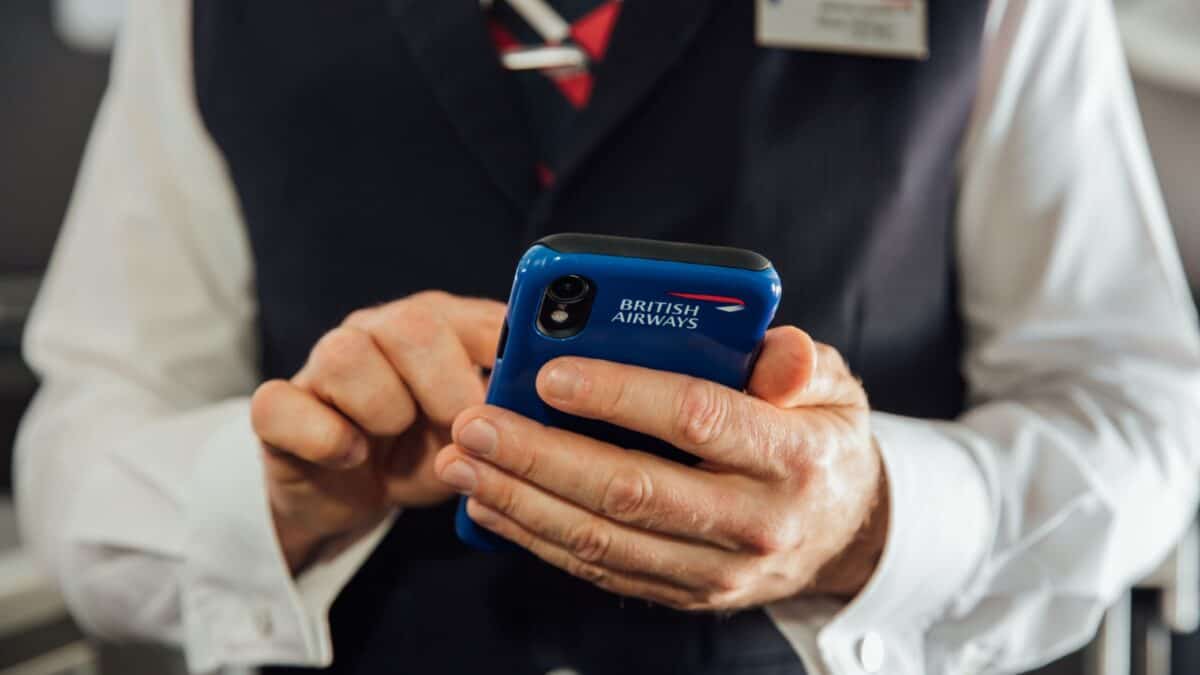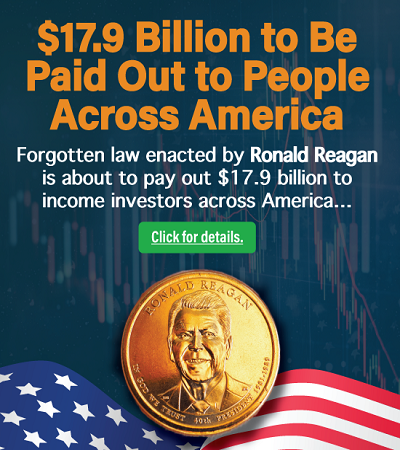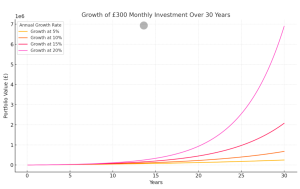British Airways feels a long way from being the self-styled “world’s favourite airline” these days. But the flag carrier’s parent International Consolidated Airlines (LSE: IAG) has certainly gained altitude this year. Since the beginning of 2024, the IAG share price has skyrocketed by 93%.
Sure, it is still 30% lower now than it was five years ago, before pandemic-era travel restrictions ravaged demand for civil aviation.
But the price is far above its lows of recent years – it has more than tripled since September 2022 – and the dividend is back.
Despite the surging share price, IAG trades on a price-to-earnings (P/E) ratio of just 7. That looks low and means that the price could still rise substantially from here without necessarily looking expensive. Rival easyJet trades on a P/E ratio of 9, for example, although Wizz Air is also on 7, like IAG.
Impressive performance
Credit where credit is due.
IAG has not soared in value just because investors have warmed again to airline shares, although there is some of that. With leisure travel demand riding high and some constraints caused by aircraft shortages, this looks like a time when there could be money to be made running a passenger airline.
IAG has been reaping the rewards of some of its own, specific, strategic choices.
In its most recent quarter, the airline group reported year-on-year revenue growth of 8%. Operating profit grew faster, at 15%, showing the financial benefits of the company’s aggressive cost-cutting in the past few years. Post-tax profit grew even faster, at 17%. The net profit margin was a healthy 15% and the company feels sufficiently flush that it has been buying back shares.
With civil aviation demand remaining high, the company’s business prospects look strong and its valuation does not look excessive.
As the chief executive commented last month: “Demand remains strong across our airlines and we expect a good final quarter of 2024 financially.”
The airline could face challenges of its own making
IAG has recently been spending money trying to upgrade the experience it offers at least some of its passengers. That could help it play to some of its strengths. They include a well-known brand and a strong position at a major global airport (Heathrow).
But as an investor, I also sometimes use what investor Phil Fisher called ‘scuttlebutt‘. That involves doing some personal research on a company’s products or services.
I reckon IAG is investing in selectively improving its passenger experience partly because it had stopped being a positive differentiator for many passengers. When competing against airlines sometimes offering far lower headline fares, that is a risk to IAG’s business model.
My own scuttlebutt — based on recent experiences as a passenger — makes me feel BA is less differentiated from competitors than it used to be.
Meanwhile, IAG continues to face ongoing risks to civil aviation demand. An uncertain economic outlook could hurt leisure demand as well as business demand (that anyway has struggled to return to pre-pandemic levels).
Those risks sit poorly with my investment approach, so although I think the IAG share price may move higher still next year, I have no plans to buy the stock.
This post was originally published on Motley Fool







